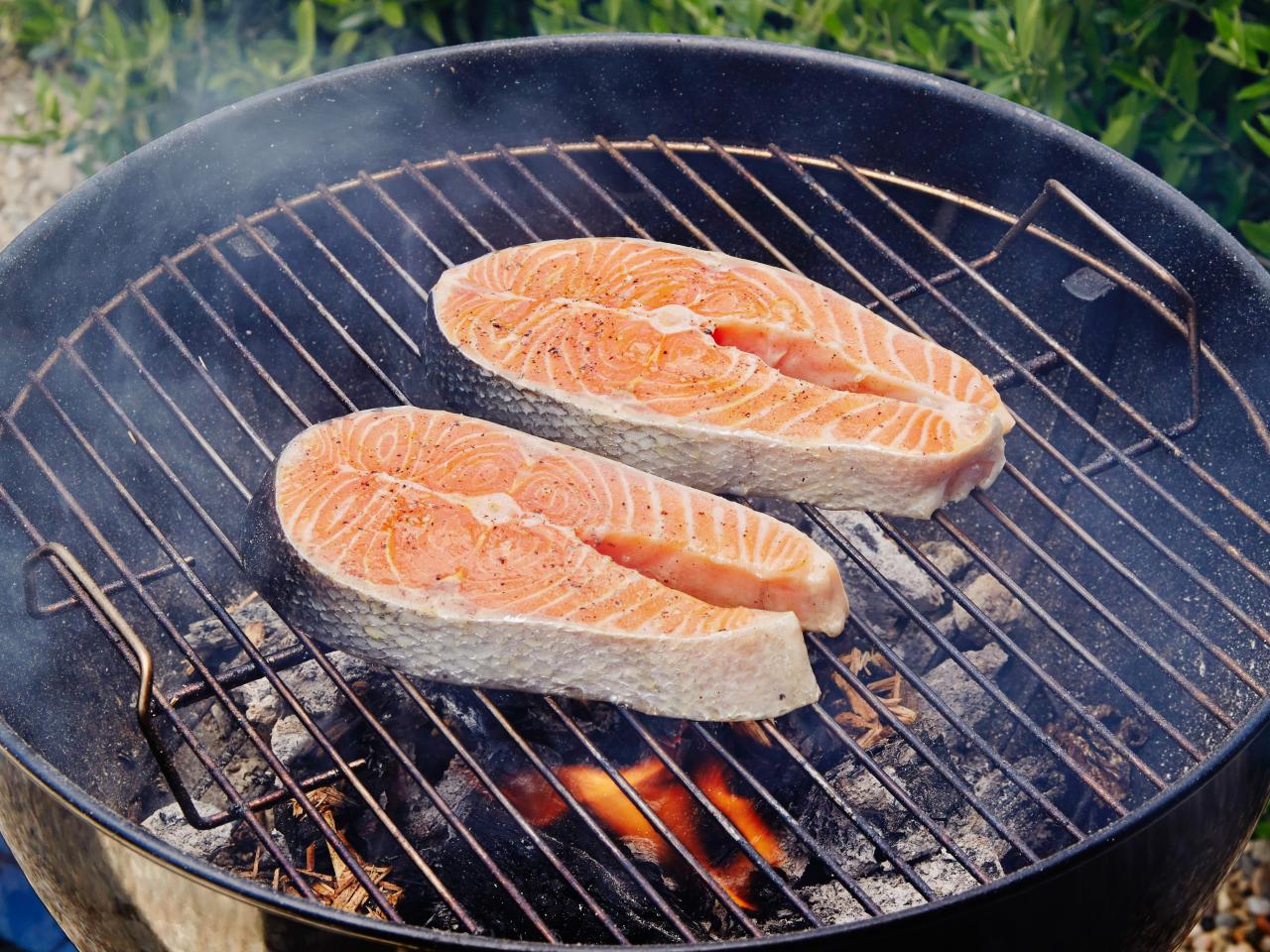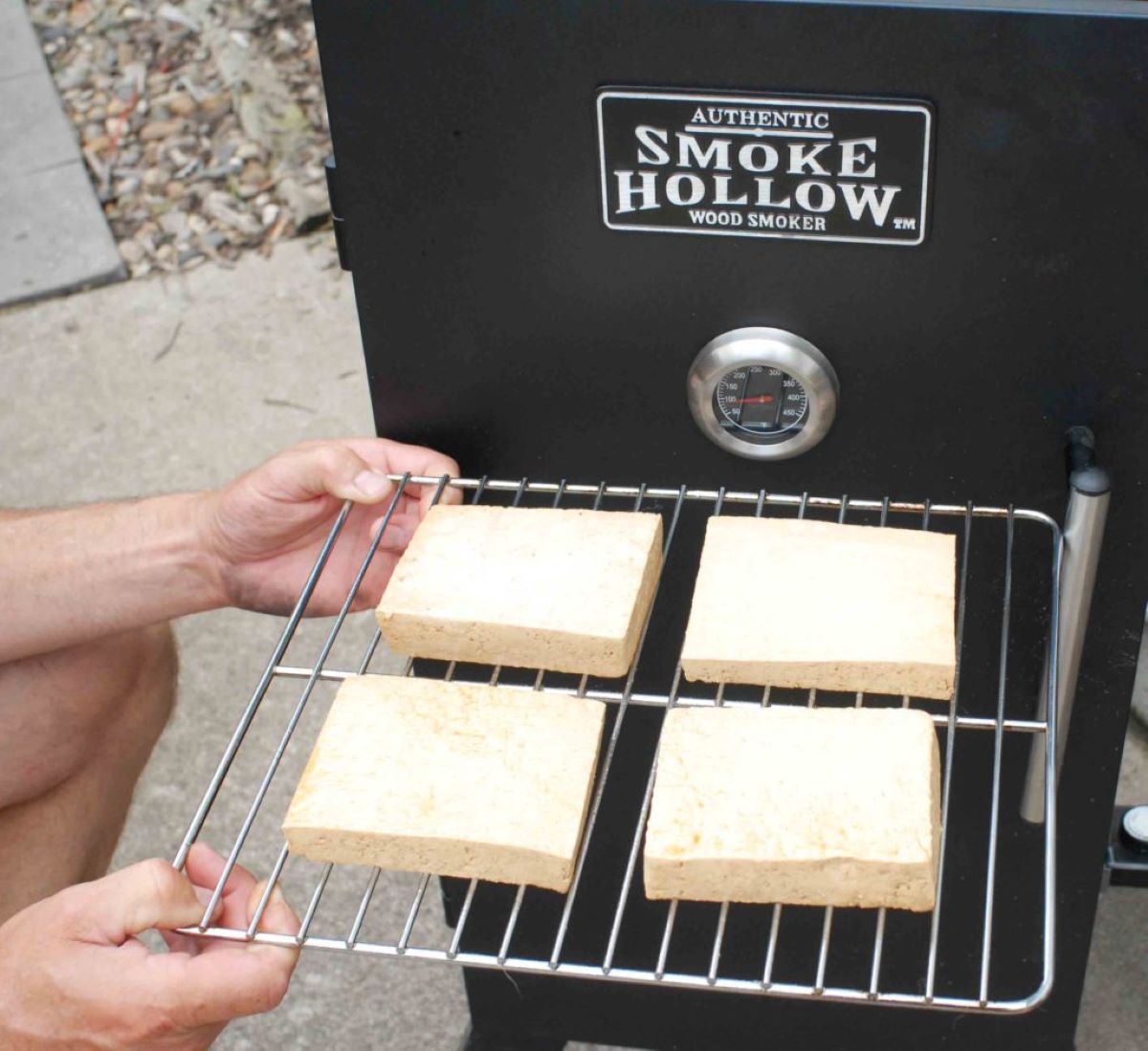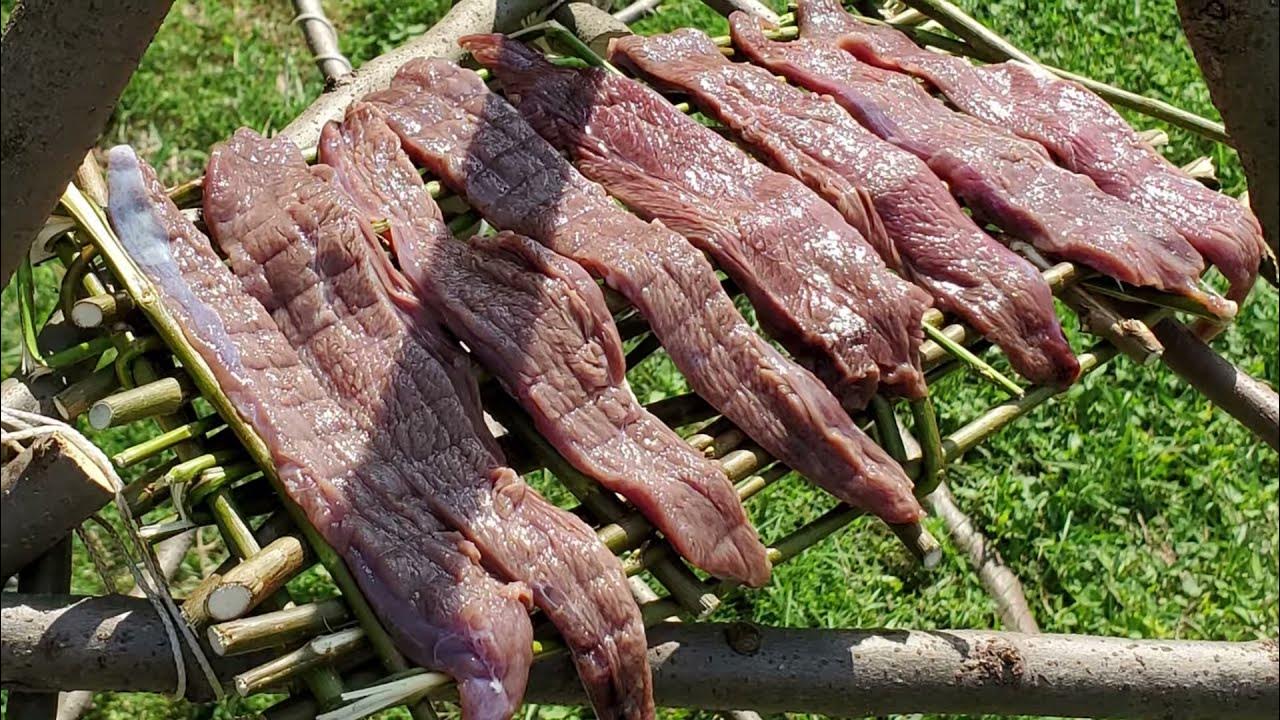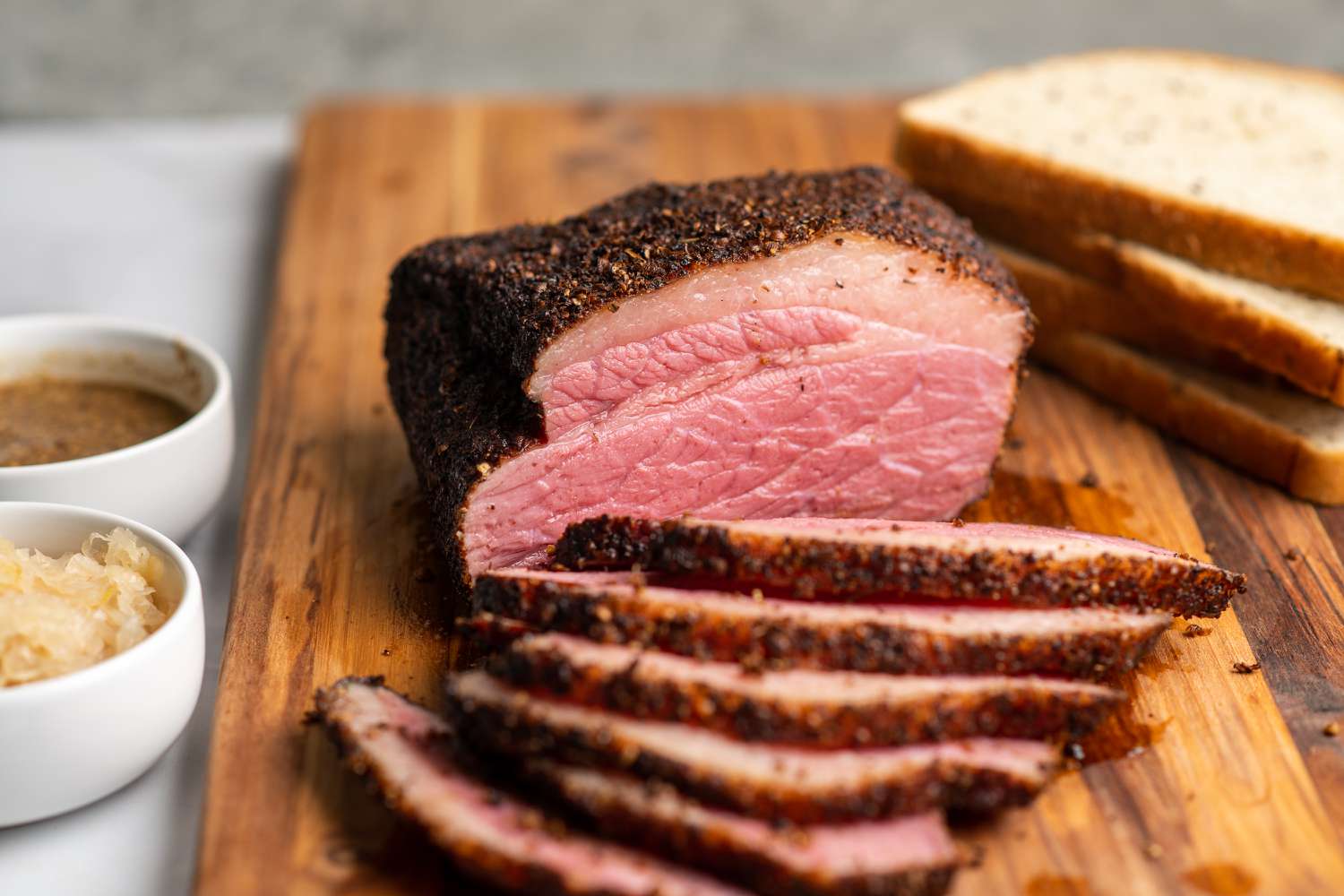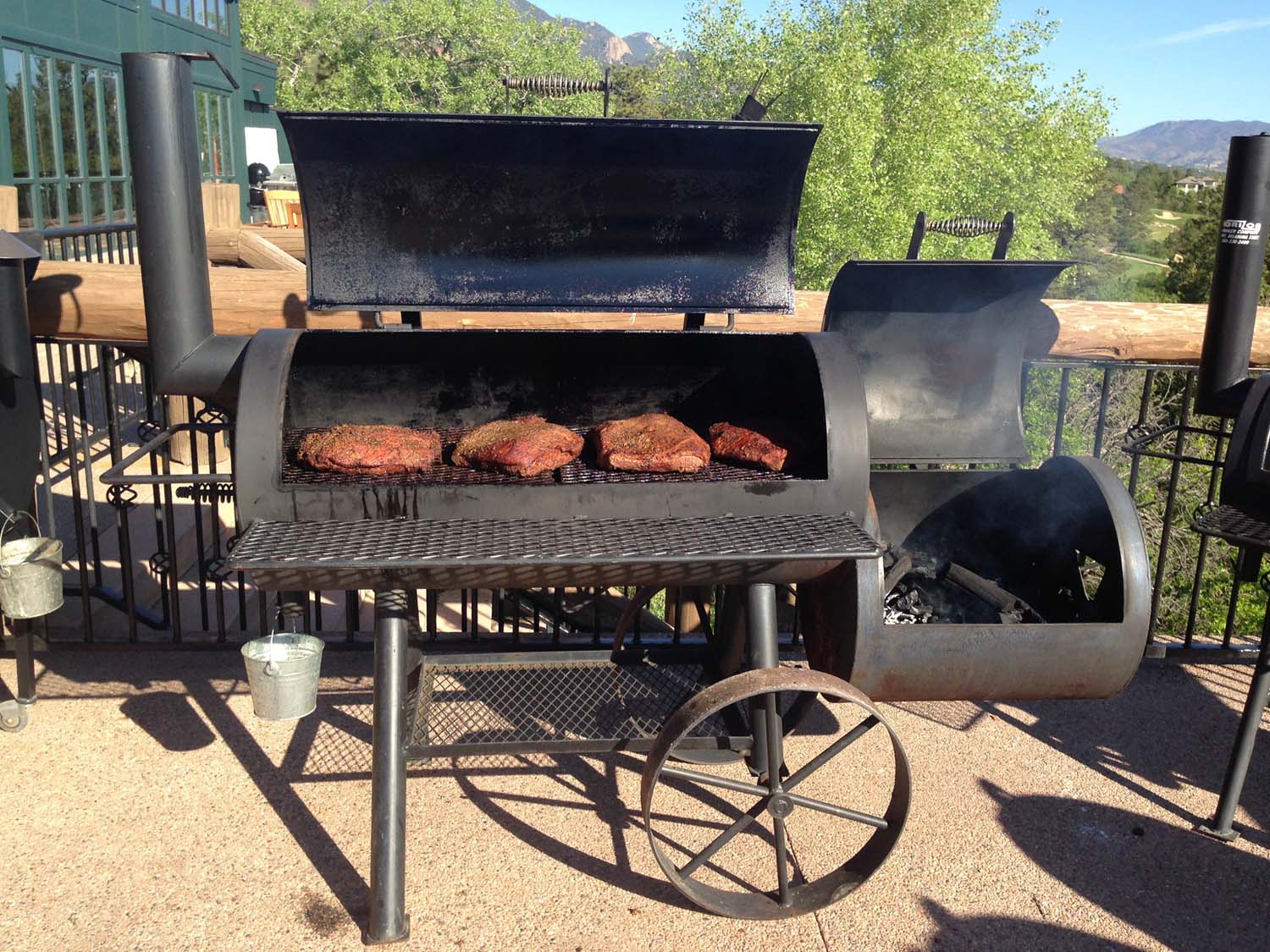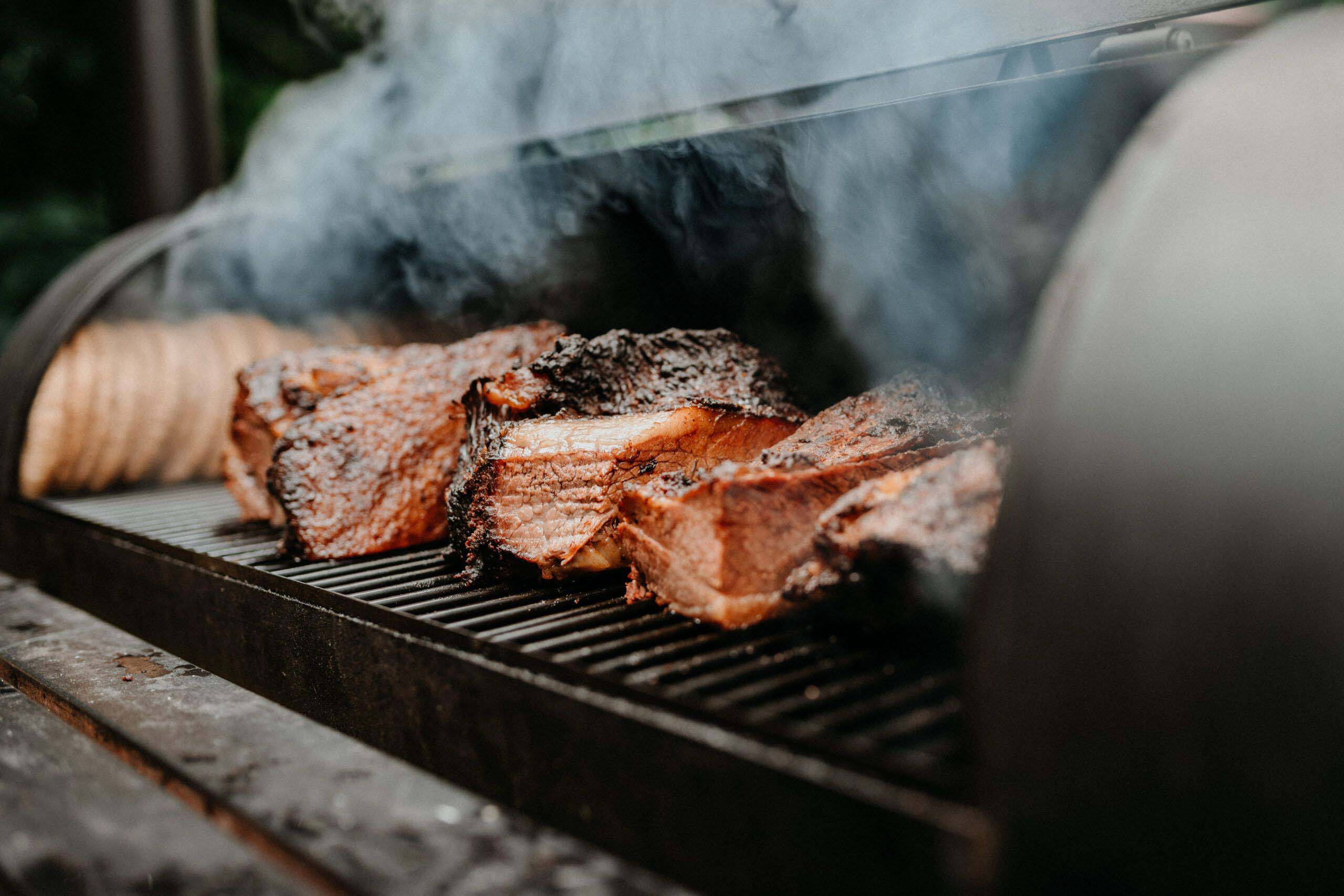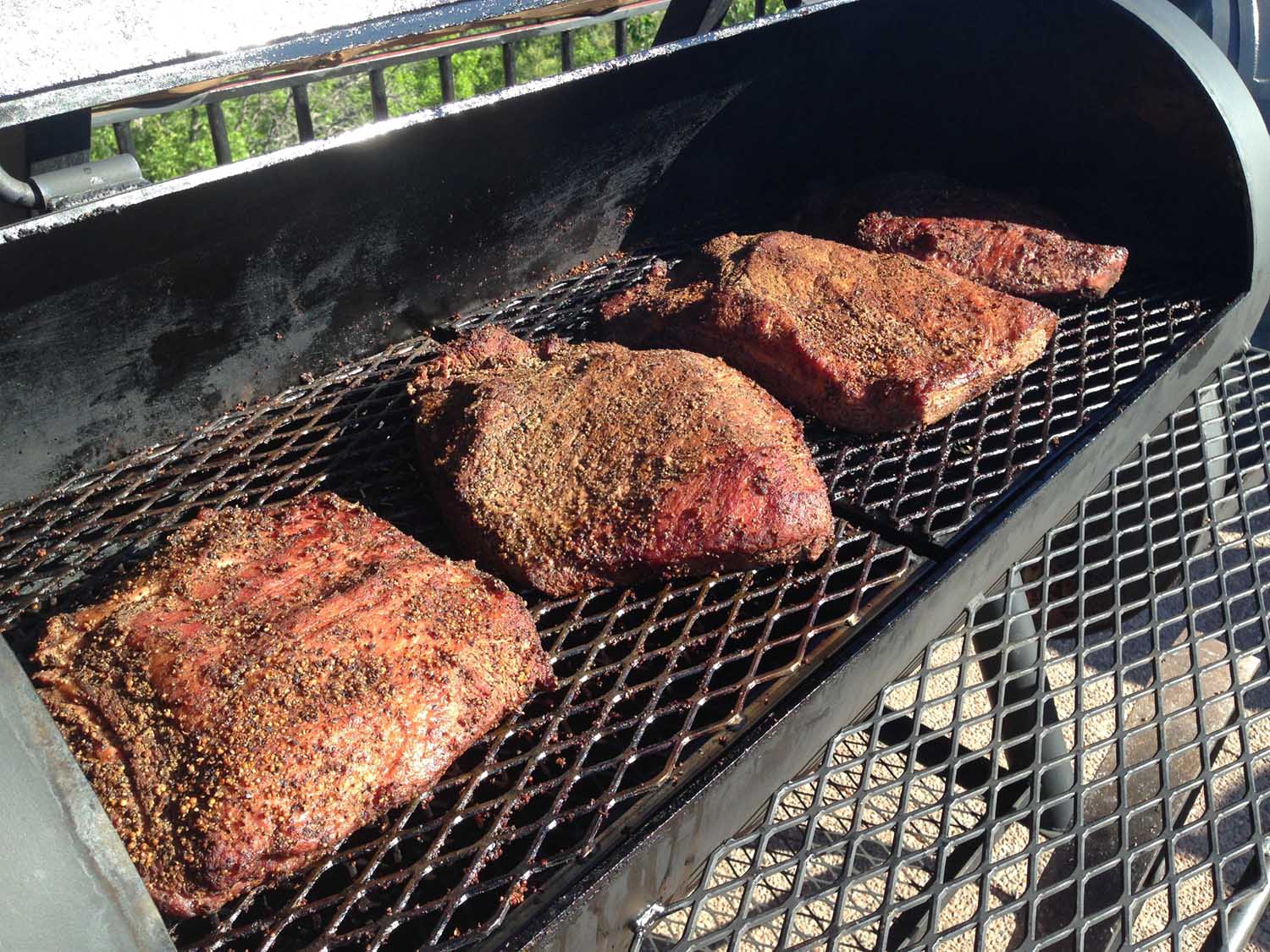Smoking Meat on a Brinkmann Smoker: A Beginner’s Guide
Smoking meat is a time-honored tradition that adds a depth of flavor and tenderness that grilling alone just can’t achieve. If you’re new to smoking meat, the Brinkmann smoker is a great place to start. With its simple design and reliable performance, it’s a favorite among beginners and seasoned pitmasters alike. In this guide, we’ll walk you through the process of smoking meat on a Brinkmann smoker, from preparing your meat to mastering the art of low and slow cooking.
Choosing the Right Meat
Before you start smoking, it’s important to choose the right cut of meat. Fatty cuts like pork shoulder, beef brisket, and ribs are ideal for smoking because they can withstand the long cooking times and low temperatures. Make sure to trim any excess fat and silver skin from the meat to allow the smoke to penetrate and flavor the meat evenly.
Preparing the Smoker
First, you’ll need to prepare your Brinkmann smoker for the cooking process. Here’s a simple step-by-step guide:
- Fill the water pan: The water pan helps regulate the temperature inside the smoker and keeps the meat moist. Fill it with water or a flavorful liquid like apple juice or beer.
- Add charcoal: Light a chimney starter full of charcoal and once they’re covered with white ash, carefully pour them into the charcoal pan of the smoker.
- Soak wood chips: While the charcoal is heating up, soak wood chips in water for at least 30 minutes. These wood chips will provide the smoke flavor during the cooking process.
- Assemble the smoker: Assemble the smoker according to the manufacturer’s instructions, ensuring all vents are open and the temperature gauge is in place.
Seasoning the Meat
Before you place the meat in the smoker, it’s important to season it to enhance the flavor. Generously apply your favorite dry rub or marinade to the meat, ensuring that it’s coated on all sides. This will form a delicious crust on the meat as it smokes.
Smoking the Meat
Once the smoker is preheated to the desired temperature (usually around 225°F), it’s time to add the meat. Place the meat on the cooking grates, close the lid, and let the smoker work its magic. Remember, smoking meat is a slow process, so be patient and resist the urge to open the lid frequently. This will allow the smoke and heat to work together to create tender, flavorful meat.
Monitoring the Temperature
It’s crucial to monitor the temperature of the smoker throughout the cooking process. Invest in a good quality meat thermometer to ensure the meat reaches the ideal internal temperature for doneness. For example, pork shoulder and beef brisket are typically done when they reach an internal temperature of 195-205°F.
Resting the Meat
Once the meat has reached the desired internal temperature, remove it from the smoker and let it rest for 10-15 minutes. This allows the juices to redistribute, resulting in a juicier and more flavorful end product.
Enjoying the Fruits of Your Labor
Now comes the best part – enjoying the delicious, smoky meat you’ve worked so hard to create. Whether you’re serving up pulled pork sandwiches, tender beef brisket, or fall-off-the-bone ribs, your friends and family are sure to be impressed by your newfound smoking skills.
Smoking meat on a Brinkmann smoker is a rewarding and delicious experience that anyone can master with a little practice and patience. So fire up your smoker, choose your favorite cut of meat, and get ready to enjoy the mouthwatering results of low and slow cooking.
Was this page helpful?
Read Next: How To Smoke Soup



